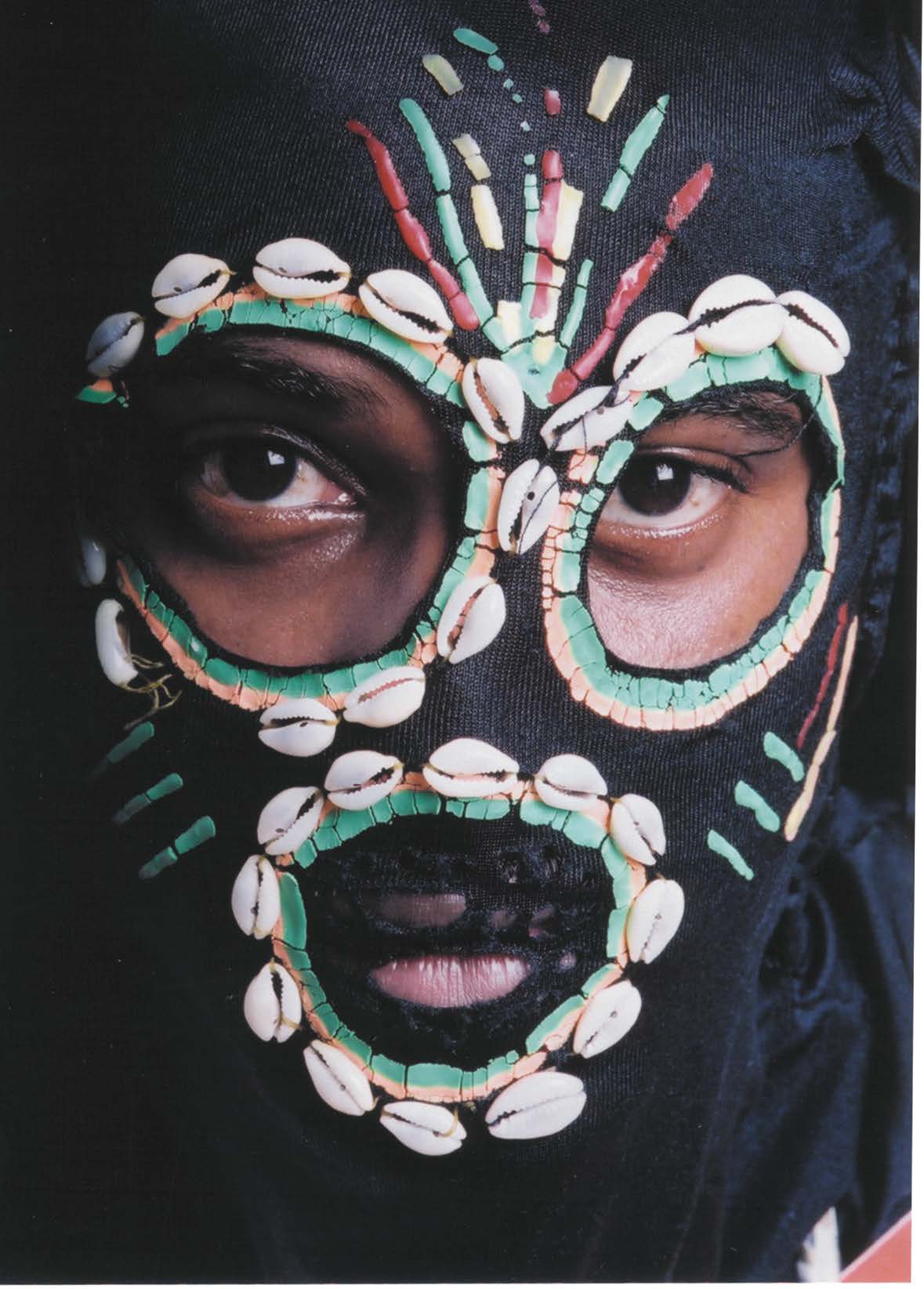Editor’s Note: To get us in the mood for Mardi Gras (who are we kidding, we’re all in the mood for Mardi Gras already), we are diving into the sugary, sensual, and silly side that makes this the most wonderful time of the year! This entire month we will be celebrating the food, the culture, the music, and the traditions of Mardi Gras for our “Craving some Carnival” series.
In this series of articles (you can read the entire nine-article series here), Niya Zulu tells of the family affair Mardi Gras has always been for her.

Niya’s father, Shaka Zulu (photo courtesy of: the Zulu family)
It seems as if no matter how early my Dad decides to get a “head start” on sewing, he always ends up rushing to finish on the day of Mardi Gras. Of course, he’s not the only one who goes through this every year – I’d say every Mardi Gras Indian has been through that at least once.
In my Dad’s case, it feels like the task becomes harder and harder to complete every year. As his ambitions get higher, and his suits become more elaborate, and he grows increasingly more intent on outdoing his work from last year, the suit that he imagines or scribbles down on poster boards becomes more and more difficult to realize every year.
In my household, we usually go by a sort of a formulaic routine that helps speed everything along. In the past, we were all convinced that the bigger the suit, the more hands he needed to help him. However, my dad eventually began to notice that more people only meant more voices to distract him from his work, so he started to make his “sewing parties” much smaller.
All the festivities going on around us would only hold us back. After all, this is no holiday. This is Mardi Gras. We can rest once it’s over and school and work starts to back up. Ash Wednesday marks the beginning of the month-or-so-long break, and once that’s over, it’s time to start working on the suit for real this time.
The Mardi Gras version is always rushed; there’s no time to finish all the pieces and a lot of them end up just being left off until they’re picked back up and added to the true finished product, displayed on Super Sunday. But, no surprise here – it’s always a last-minute ordeal. There’s just never enough time.
Some years, in the middle of rushing to finish on the day of, everyone just decides that there’s no way that everything will be done on time. It’s always a weirdly quiet and relaxed ordeal – everyone puts down what they’re doing, cleans up halfheartedly, goes home, and then sleeps for the rest of the day. All the planning, the restless nights and racing against time for nothing. It really is a gamble. That risk of an unfinished product one year, or a finished suit that took two or three years of work, is always an unforeseen possibility that lingers in everyone’s minds.
Still, upon seeing the actual finished product on the lucky years, you realize that it was all worth it. It’s never quite like you picture it in your head. Sometimes it’s even better. For a Mardi Gras Indian, the act of masking, of donning a year’s worth of labor and parading it around the city for everyone to praise or critique (or sometimes both), is basically the only part of the Mardi Gras season that involves actual festivities.
It’s the most rewarding part – seeing who’s the “prettiest,” who made it on time this year, and who’s taking a break until next year.
 NOLAbeings
Multimedia artist Claire Bangser created NOLAbeings as a portrait-based story project that marries...
NOLAbeings
Multimedia artist Claire Bangser created NOLAbeings as a portrait-based story project that marries...
 Data corner: Adobe Suite (create a PDF, social media graphic, presentation, edit a photo and video
Data corner is where you go to work with analytics and top tech skills. It takes on everything from PERL and SQL to Canva and Sprout Social.
Data corner: Adobe Suite (create a PDF, social media graphic, presentation, edit a photo and video
Data corner is where you go to work with analytics and top tech skills. It takes on everything from PERL and SQL to Canva and Sprout Social.

[…] here to read Part I of “Mardi Gras […]